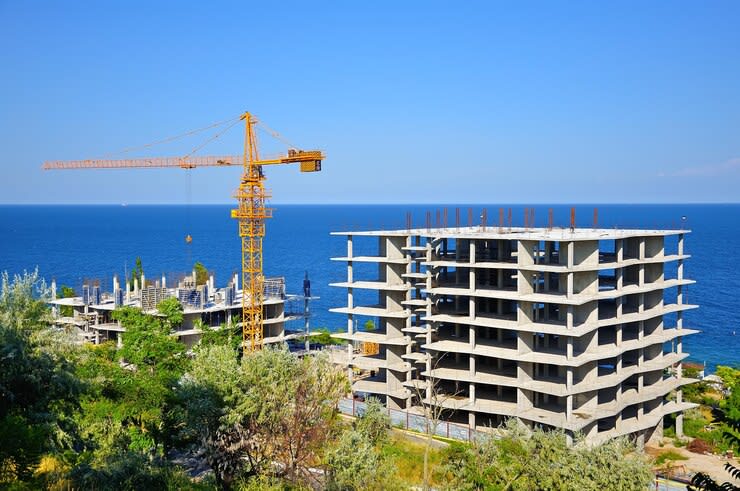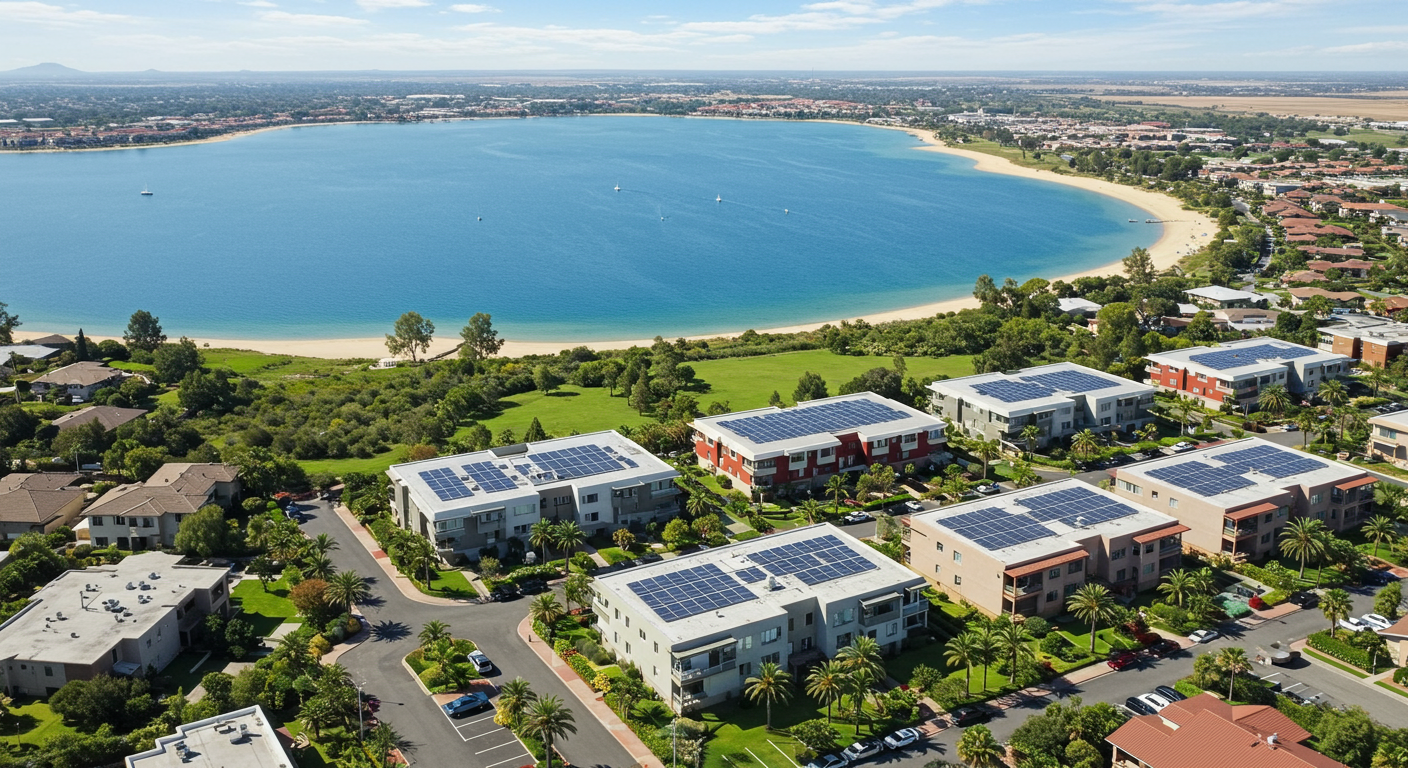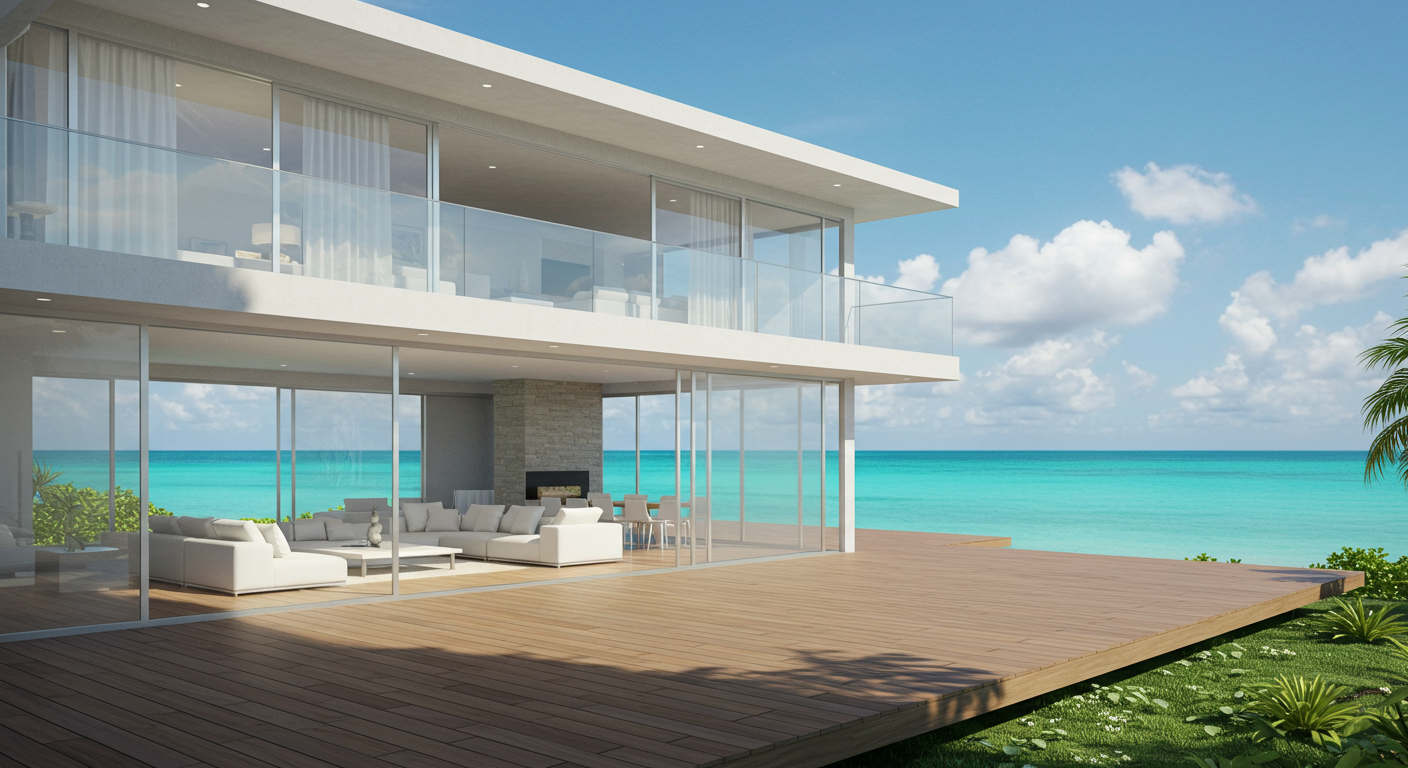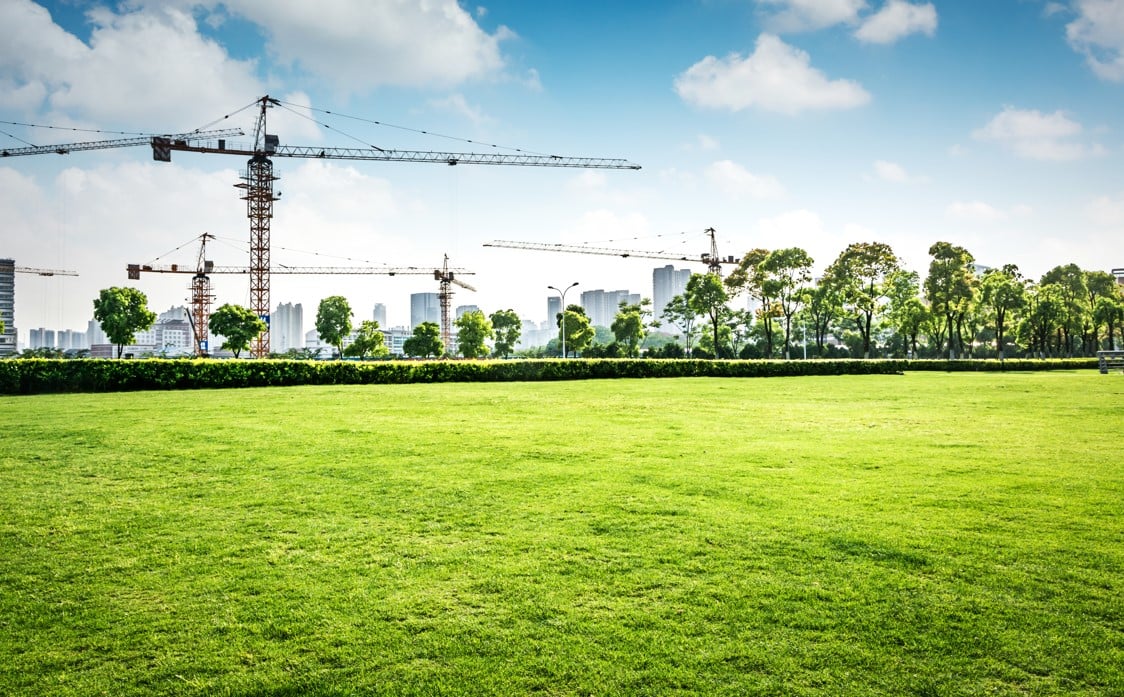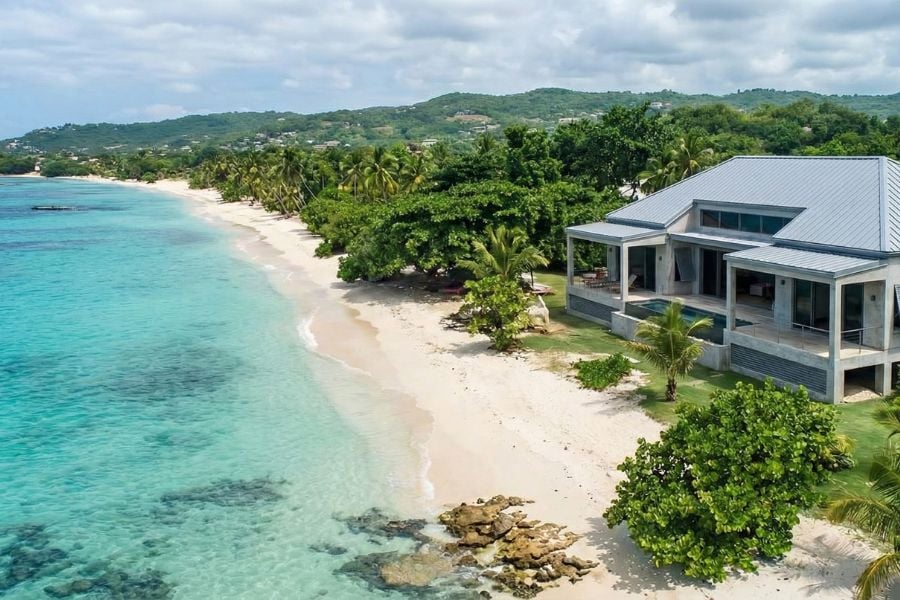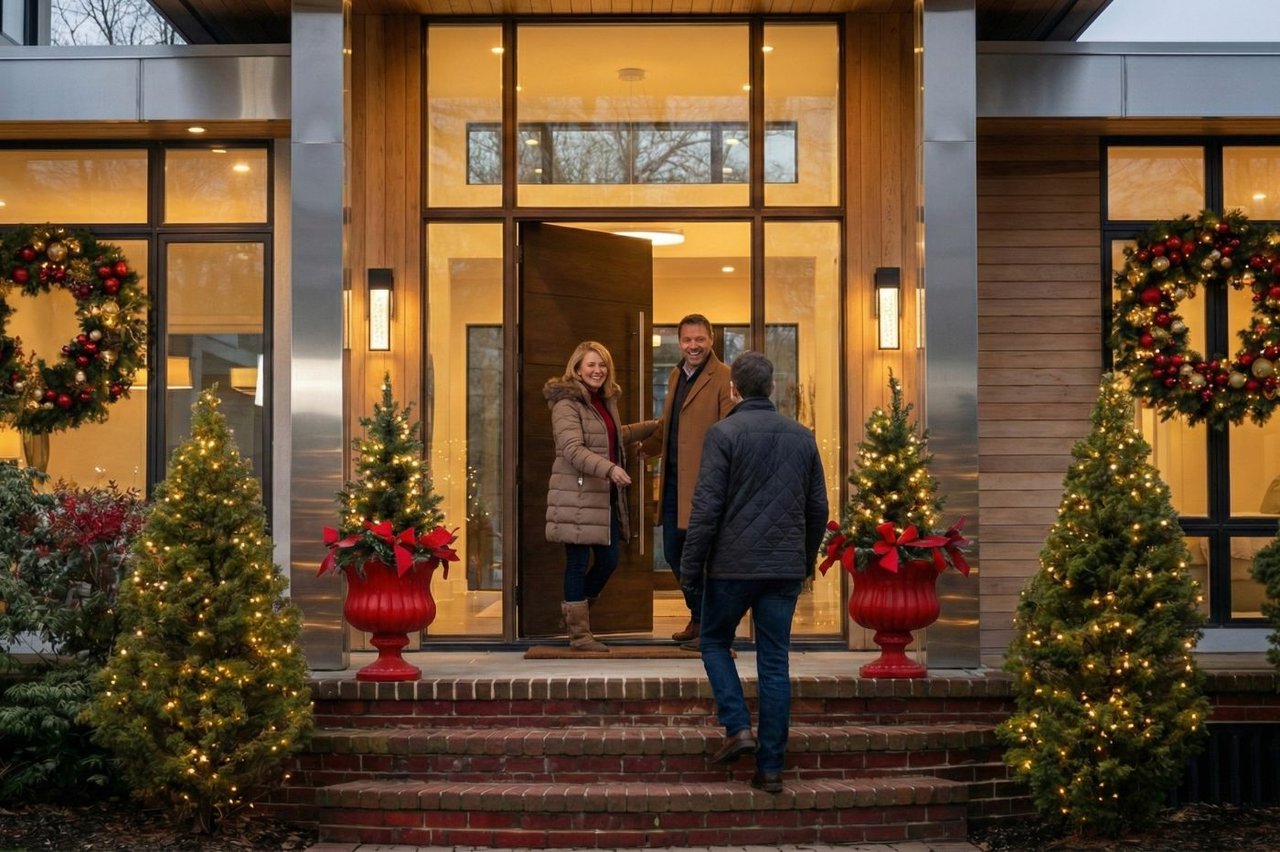Investing in beachfront properties is an attractive option for many luxury real estate investors, given their potential for high returns and unparalleled scenic beauty. However, these investments come with a unique set of challenges, especially regarding infrastructure. Understanding these infrastructure challenges is crucial for any investor looking to secure a beachfront property, as it can significantly impact the property's value and the long-term satisfaction of owning such an investment.
Key Takeaways
-
Beachfront property investment requires an understanding of unique environmental and regulatory challenges to safeguard value.
-
Adherence to specific building codes is crucial for resilience against coastal weather and natural phenomena.
-
Regular maintenance and using durable, sustainable materials are essential for long-term property preservation.
-
Strategic planning for access, utilities, and insurance considerations is key to managing the risks associated with coastal living.
1. Environmental Impact and Regulations
Beachfront properties are nestled in environments that are both stunning and sensitive. The coastal zones, where land meets the ocean, are ecosystems rich in biodiversity but vulnerable to disturbances. These areas are subject to unique environmental stresses, including:
-
salt spray
-
high winds, and
-
sand movement
These can significantly impact the infrastructure of any property situated within them. Understanding the environmental sensitivity of these areas is essential for investors, as it shapes the foundation upon which beachfront property development and maintenance rest.
Building Codes Specific to Beachfront Properties
Building codes specific to coastal areas are meticulously crafted to mitigate the unique risks posed by the coastal environment to infrastructure. These codes ensure that structures are resilient enough to withstand the severe weather conditions and other natural phenomena common to these regions.
|
Building Codes |
Description |
|
Elevation Requirements |
Buildings must be elevated above a certain height, determined by floodplain maps, to protect against flooding and storm surges. This requirement ensures living spaces remain above potential flood levels. |
|
Foundation Specifications |
Specifies the depth and type of foundation required to anchor buildings securely, preventing erosion and instability. Deep pilings or caissons are often mandated to ensure stability in the shifting sands of coastal soils. |
|
Wind Resistance |
Structures must be designed to withstand high wind speeds from hurricanes and tropical storms, incorporating hurricane-resistant windows, reinforced roofing, and structural designs capable of resisting lateral and uplift forces. |
|
Salt Tolerance |
Due to the corrosive effect of saltwater and salt spray, building materials must be corrosion-resistant. This includes external and some internal components, particularly fasteners, to prevent rapid deterioration. |
|
Flood Vents |
In flood-prone areas, buildings are required to have flood vents to allow water to flow through the structure instead of accumulating, reducing pressure on walls and foundations and minimizing structural damage. |
|
Environmental Impact Restrictions |
These restrictions include limitations on construction proximity to the shoreline, preservation of native vegetation, and implementation of runoff and waste management practices to protect coastal ecosystems and water quality. |
|
Energy Efficiency and Sustainability |
Encourages or mandates the incorporation of green building standards, such as energy-efficient designs, use of renewable energy, and sustainable materials, aiming to reduce the environmental footprint of constructions. |
|
Emergency Preparedness Features |
Buildings may need to include design features that aid in evacuation and survival during emergencies, like accessible roof areas for helicopter rescues, emergency power systems, and elevated storage for essentials.
|
For example, these codes may dictate how deep foundations must be buried to prevent erosion or how buildings should be designed to resist high winds. Adherence to these codes ensures the safety and durability of beachfront properties, helps preserve the natural landscape, and minimizes the human impact on these fragile ecosystems.
Maintenance and Upkeep
The maintenance and upkeep of beachfront properties is another thing to consider set by this challenge due to the harsh coastal environment. The continuous exposure to saltwater, sand, and high humidity can accelerate wear and tear on buildings and landscapes, leading to higher costs and greater effort to maintain these properties in pristine condition.
Recommendations for Efficient Property Maintenance
-
Regular Inspections and Preventive Measures: Regularly inspecting the property to identify potential issues before they escalate can save time and money. Applying preventive measures, such as rust-proofing metal elements, using marine-grade paints, and installing storm shutters, can extend the lifespan of property components.
-
Choosing Durable Materials: When repairs or renovations are needed, selecting materials that are designed to withstand the coastal environment can reduce the frequency and cost of future maintenance. For instance, composite materials for decking, stainless steel for hardware, and impact-resistant glass for windows can offer longer-lasting performance.
-
Professional Property Management: Hiring a professional property management service specializing in coastal properties can be a wise investment. These services can handle the regular maintenance tasks, respond to emergencies, and ensure that the property remains in top condition, which is especially beneficial for owners who do not reside in their beachfront properties year-round.
Environmental Laws Applied
Environmental protection laws are crucial in maintaining the balance between development and conservation. In many coastal regions, legislation is in place to protect the shoreline, marine life, and dune systems from the potentially damaging effects of construction and human activity.
-
Shoreline Proximity Restrictions: Laws limit how close structures can be built to the shoreline to protect coastal ecosystems.
-
Marine Life Protection: Legislation safeguards marine habitats from the adverse effects of construction and human activities.
-
Dune System Conservation: Regulations protect dune systems, which are vital for natural defense against erosion and storms.
-
Pollution Prevention Guidelines: Investors must follow wastewater treatment and waste management guidelines to prevent pollution.
-
Sustainable Material Use: Laws often require the use of environmentally friendly materials in construction to minimize ecological impact.
-
Navigational Diligence Required: Investors need to be thorough and may need expert advice to comply with complex environmental regulations.
2. Weather and Natural Disaster Risks
Beachfront properties face significant risks from weather and natural disasters, including hurricanes, floods, and erosion. These phenomena not only threaten the structural integrity of buildings but also pose challenges to the safety and security of residents. Addressing these risks requires strategic planning and adopting specific construction techniques and materials designed for resilience and disaster preparedness.
Construction Techniques and Materials
-
Corrosion-Resistant Materials: Stainless steel is widely used in beachfront constructions for its rust resistance, which is ideal for fasteners and supports. Aluminum and reinforced concrete are also favored for their durability against saltwater and structural integrity.
-
Advanced Building Techniques: Piling foundations stabilize unstable soils, essential for beachfront construction. Elevating buildings protects them from flooding, while wind-resistant designs reduce storm damage.
-
Sustainable Materials: Composite decking resists moisture and decay, perfect for coastal environments. Bamboo flooring and recycled plastic lumber offer sustainable, durable options for both interior and exterior use.
3. Access and Utilities
Investing in beachfront properties often means contending to ensure reliable access and utility services. Remote locations, while offering privacy and unparalleled natural beauty, can complicate the delivery of essential services and infrastructure maintenance. The following points delve into these challenges and propose strategies for overcoming them.
Issues on Utility Services in Remote Locations
Road Infrastructure and Maintenance: Remote beachfront properties might be situated far from well-maintained roads, making access difficult, especially in adverse weather conditions. The absence of robust road infrastructure can deter emergency services, affect property values, and inconvenience residents and visitors.
Water, Electricity, Sewage, and Internet Connectivity: Ensuring the provision of these essential utilities can be significantly challenging in isolated areas. The lack of municipal water and sewage services necessitates alternative solutions while ensuring a reliable electricity supply and internet connectivity can be both complex and costly.
Strategies for Ensuring Reliable Access and Utilities
-
Developing Comprehensive Access Plans: Collaborating with local governments and contractors enhances road infrastructure, improving access and safety.
-
Alternative Water and Sewage Solutions: Utilizing well water, rainwater harvesting, desalination, and septic systems ensures sustainable water and sewage management.
-
Sustainable Electricity and Internet Solutions: Adopting solar panels, wind turbines, and satellite services provides reliable electricity and internet in remote locations.
-
Partnering with Local Authorities and Service Providers: Building relationships with local entities can help extend essential services to isolated beachfront properties.
-
Emergency Preparedness: Creating thorough emergency plans, including backup power and supplies, is crucial for resilience in isolated beachfront homes.
4. Insurance Considerations
Owning a beachfront property introduces insurance considerations critical to protecting your investment from the unique risks associated with coastal living. The proximity to the ocean, while offering breathtaking views and a serene lifestyle, also exposes properties to natural elements and disasters such as hurricanes, floods, and erosion, which can result in significant financial loss.
Understanding Coastal Insurance Policies
Insurance for beachfront properties often comes with higher premiums due to the increased risk of natural disasters. It is essential for property owners to understand what their policies cover thoroughly and to consider additional coverages that are pertinent to coastal living, such as flood insurance, which is typically not included in standard homeowner's policies.
Flood Insurance
Given that beachfront properties are at a heightened risk of flooding, securing flood insurance through the National Flood Insurance Program (NFIP) or a private insurer is crucial. This coverage is designed to protect against the damage caused by flooding, offering peace of mind in regions prone to such natural disasters.
Windstorm Insurance
Windstorm insurance is another critical consideration in areas frequently hit by hurricanes and tropical storms. This type of insurance covers damages caused by high winds, which can be particularly destructive in coastal areas.
Assessing Risk and Coverage Needs
Property owners should work closely with insurance professionals to assess their risk and ensure adequate coverage. This may involve a detailed review of the property's location, construction materials, and local climate patterns to determine the specific risks faced.
Mitigation Measures to Lower Premiums
Implementing measures to mitigate damage from natural disasters can also influence insurance premiums. Upgrading to hurricane-proof windows, reinforcing roofs, and ensuring the property complies with local building codes can lower insurance costs.
Regular Policy Reviews
Regularly reviewing and updating insurance policies is essential, as environmental and regulatory changes can impact insurance needs. Staying informed about policy changes and market trends helps ensure that coverage remains adequate over time.
Conclusion
Investing in beachfront properties presents a unique blend of allure and challenge, necessitating a comprehensive understanding of the environmental, regulatory, and infrastructure-related nuances that define these investments. At Christie's International Real Estate Puerto Rico, we are acutely aware of these challenges and adept at navigating the complexities of coastal real estate.
We are committed to ensuring our clients—whether buying, selling, or renting—receive unparalleled service that accounts for every aspect of owning beachfront property, offering peace of mind and securing the value of their investments in these exquisite locations. Contact us today to explore how we can make your beachfront property aspirations a reality.
FAQs
Can foreign investors buy beachfront properties in Puerto Rico, and are there any restrictions?
Yes, foreign investors can purchase beachfront properties in Puerto Rico without any restrictions specific to foreigners. Puerto Rico follows U.S. real estate laws, providing a familiar process for international investors. However, due diligence regarding the property's location, zoning laws, and potential environmental regulations is crucial before purchasing.
How does climate change impact the investment in Puerto Rican beachfront properties, and what measures are being taken?
Climate change poses risks such as rising sea levels and increased frequency of extreme weather events, impacting the stability and safety of beachfront properties in Puerto Rico. In response, both the government and developers are implementing measures like stricter building codes and coastal erosion management practices, and investing in infrastructure improvements to mitigate these risks. Investors are encouraged to consider properties that adhere to these updated standards and to participate in local conservation efforts.
